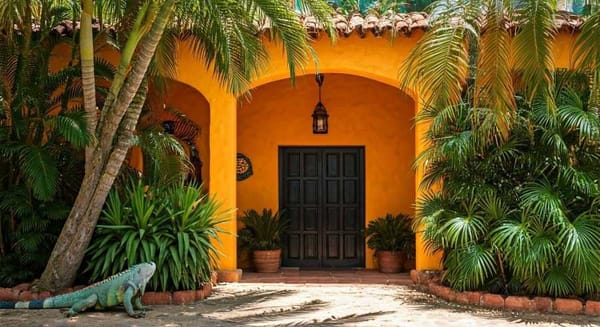A Sweet Tradition of Mexico: Alfeñiques Sugar Candies
During the season of All Saints, the market and tianguis of the Mexican municipalities are crowded with traditional figures, which also give color to the altars and cemeteries.

During the Day of the Dead season, the traditional alfeñiques fill the various market stalls and tianguis of the municipality of Izucar de Matamoros, as well as the homes of hundreds of families, who place this type of candy in the offerings. Nowadays, sugarpaste candies or alfeñiques are made especially for the All Saints' Day offerings, as they are one of the most important cultural heritages of Mexico.
The alfeñique is a fusion of indigenous customs and techniques mixed with those inherited by the Spaniards, who in turn took root from Arab cultures.
The alfeñique candies in Mexico produce true works of popular art, which must be looked at and savored on All Souls' Day; they are given importance as creations,and aesthetics of the people, however, they are true sugar sculptures, a material that is more delicate and difficult to work than clay. In these traditional candies, you can find figures such as sheep, mole casseroles, panzones, and skulls, among others.
Places where alfeñiques are made
The alfeñiques are made in states such as Puebla, Guanajuato, Aguascalientes, Guerrero, Jalisco, Michoacán, Morelos, Nayarit, Colima, Oaxaca, Querétaro, San Luis Potosí, Tlaxcala, Veracruz and Zacatecas, Toluca and the State of Mexico, where there is a special fair for this art, to which great importance is given.
Alfeñique Artisans
Leticia Pereyra, an artisan for more than 20 years, is dedicated to the elaboration of alfeñique in Izúcar de Matamoros. She affirms that this craft has been inherited from generation to generation within her family, of which she is proud. She explained that months in advance she begins to work on the traditional sweets. The month of April marks the beginning of the elaboration, in which the pieces are shaped and then painted and detailed.
On average, she and her family make about 3 thousand pieces, of which the fruits are the most sold, as they are papered in the offerings for decoration.
Concepción Soriano Galindo, who has dedicated her whole life to making this type of handicraft, said that she starts her production in September and makes 150 to 200 pieces in five hours. She emphasized that she sells the alfeñiques during this season in their entirety, since despite the crisis, "people do not stop buying these sweet handicrafts, which should never be missing in the offering," she said.
Technique of elaboration of the alfeñiques
The alfeñiques are made with powdered sugar, honey, egg, vanilla, and corn starch, with which a mixture is made, which is worked hot, to mold the figure with the fingers. All the product is made by hand since they do not have molds, and then they are decorated with bright colors. The producers emphasized that the prices are cheap so that they are accessible to people's pockets. At the end of the season of the Dead, the alfeñiques are lifted from the offerings for children to enjoy.




